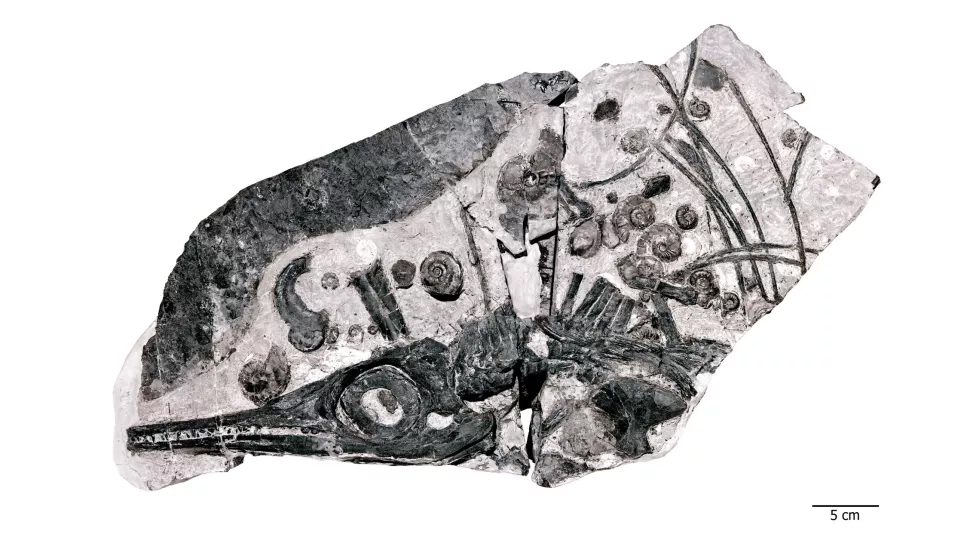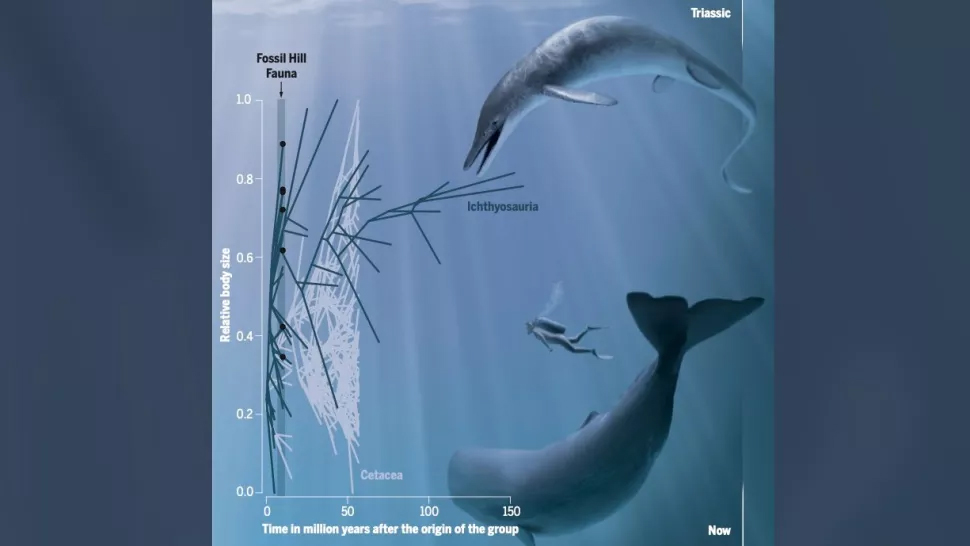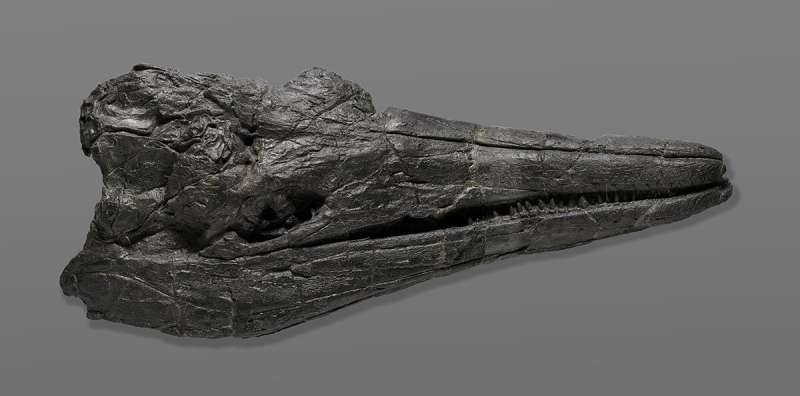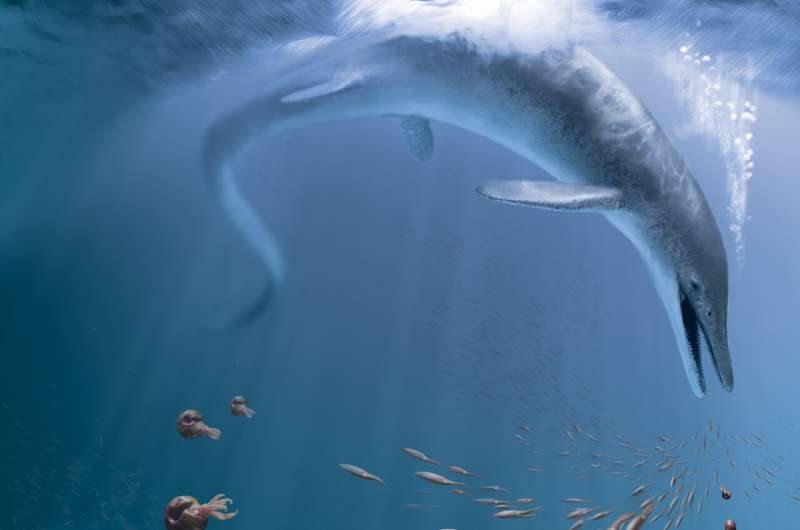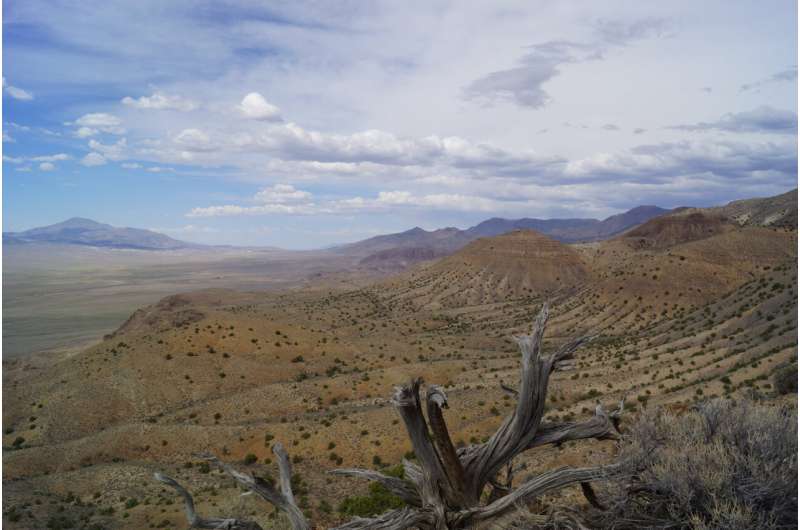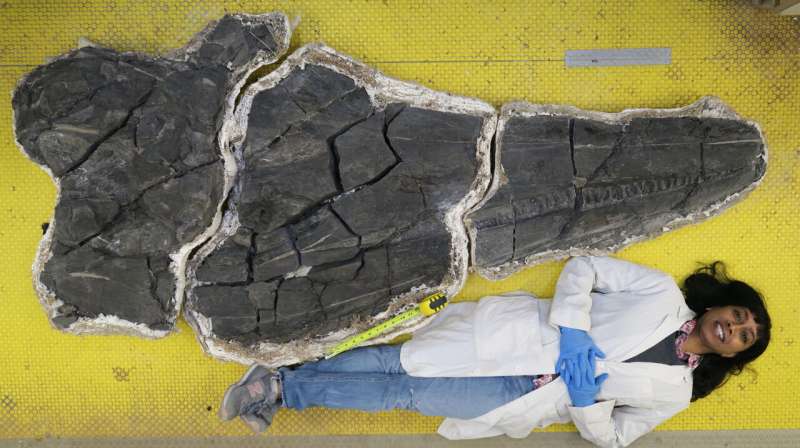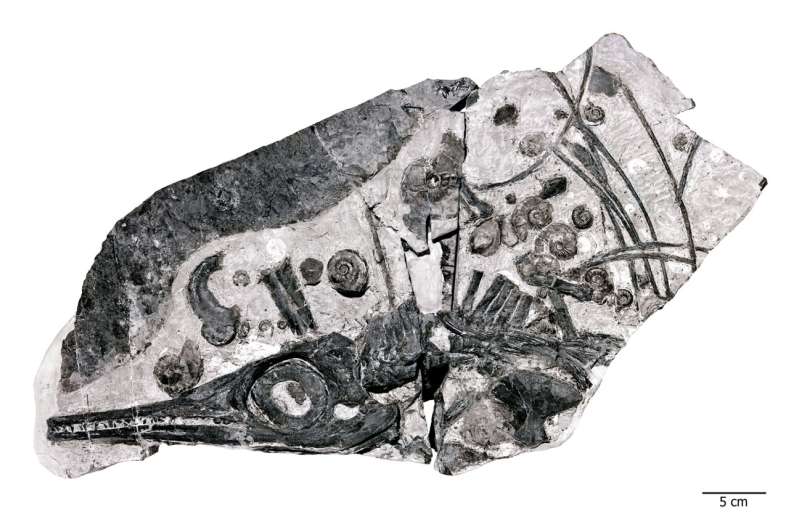
DECEMBER 15, 2021
ROCHESTER, N.Y. — Fracking is a controversial practice, mostly because of its environmental implications, but a recent study also finds that drilling for oil and gas may also increase the risk of suffering a heart attack.
Researchers from the University of Rochester note their findings are unique because they are based on research performed at the Marcellus Foundation, which straddles the New York and Pennsylvania state border. New York has banned fracking, but it represents a multi-billion-dollar industry in Pennsylvania.
“Fracking is associated with increased acute myocardial infarction hospitalization rates among middle-aged men, older men and older women as well as with increased heart attack-related mortality among middle-aged men,” says senior study author Elaine Hill, Ph.D., an associate professor in the University of Rochester Medical Center Department of Public Health Sciences, in a university release.
“Our findings lend support for increased awareness about cardiovascular risks of unconventional natural gas development and scaled-up heart attack prevention, as well as suggest that bans on hydraulic fracturing can be protective for public health.”
What makes fracking so controversial?
The extraction of natural gas via hydraulic fracking is a major air pollution contributor, according to researchers. These fracking wells usually run 24 hours a day, constantly releasing organic compounds, nitrogen oxide, and other chemicals or particulate matter into the surrounding air. Additionally, workers have to regularly supple each well with steady shipments of water, equipment, and chemicals, while removing wastewater produced by the fracking process.
These factors worsen air pollution levels. Each of these wells usually stay operational for at least a few years, which means employees and even nearby communities experience prolonged exposure to air pollutants.
In 2014, there were around 8,000 fracking sites in Pennsylvania. Some regions of the state have more fracking than others, though. For example, three counties in particular house over 1,000 sites. Conversely, New York essentially banned all fracking processes in 2010.
Air pollution exposure, especially prolonged and consistent exposure, has a long-standing link to heart and cardiovascular issues. Recent studies even find that the intensity of both local oil and gas production have a positive association with various heart problems. These include reduced vascular functioning, blood pressure, and inflammatory markers linked with stress and short-term air pollution exposure.
There’s also the matter of all the light and noise pollution coming from fracking facilities. Such developments can lead to greater stress among locals, another risk factor for cardiovascular disease.
Middle-aged men in fracking towns at highest risk
To study this topic, study authors analyzed heart attack hospitalization and death rates across 47 counties along the New York-Pennsylvania border. Some were located in New York, while others were in Pennsylvania. According to data spanning 2005 to 2014, heart attack rates were 1.4 to 2.8 percent higher in Pennsylvania. Exact percentages fluctuated according to both age and the level of fracking activity in a given county.
Results show the connections between fracking and heart attack hospitalization or death was most prevalent among men between 45 and 54 years-old. Importantly, men within that age range are also more likely to work in this gas industry.
Study authors note these individuals probably received the heaviest exposure to fracking-related air pollutants and stressors. Death by heart attack increased among this age group as well, jumping by 5.4 percent or more in counties with more fracking sites. It’s also worth noting that both hospitalization and mortality rates increased significantly among women 65 and older.
Fracking towns face greater risks due to less healthcare
Fracking is generally more common in rural communities and study authors say people residing in such areas are already at a medical disadvantage due to limited healthcare access in comparison to more urban areas. The team believes there needs to be more awareness about the dangers of fracking and they hope these findings will help inform policymakers while making future fracking decisions.
“These findings contribute to the growing body of evidence on the adverse health impact of fracking,” concludes first study author Alina Denham, a Ph.D. candidate in Health Policy at the University of Rochester School of Medicine and Dentistry. “Several states, including New York, have taken the precaution of prohibiting hydraulic fracturing until more is known about the health and environmental consequences. If causal mechanisms behind our findings are ascertained, our findings would suggest that bans on hydraulic fracturing can be protective for human health.”
The findings appear in the journal Environmental Research.

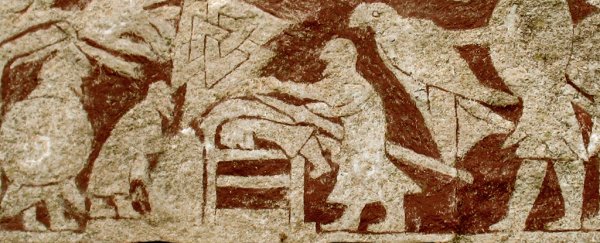







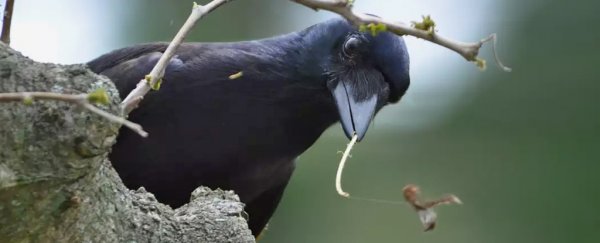
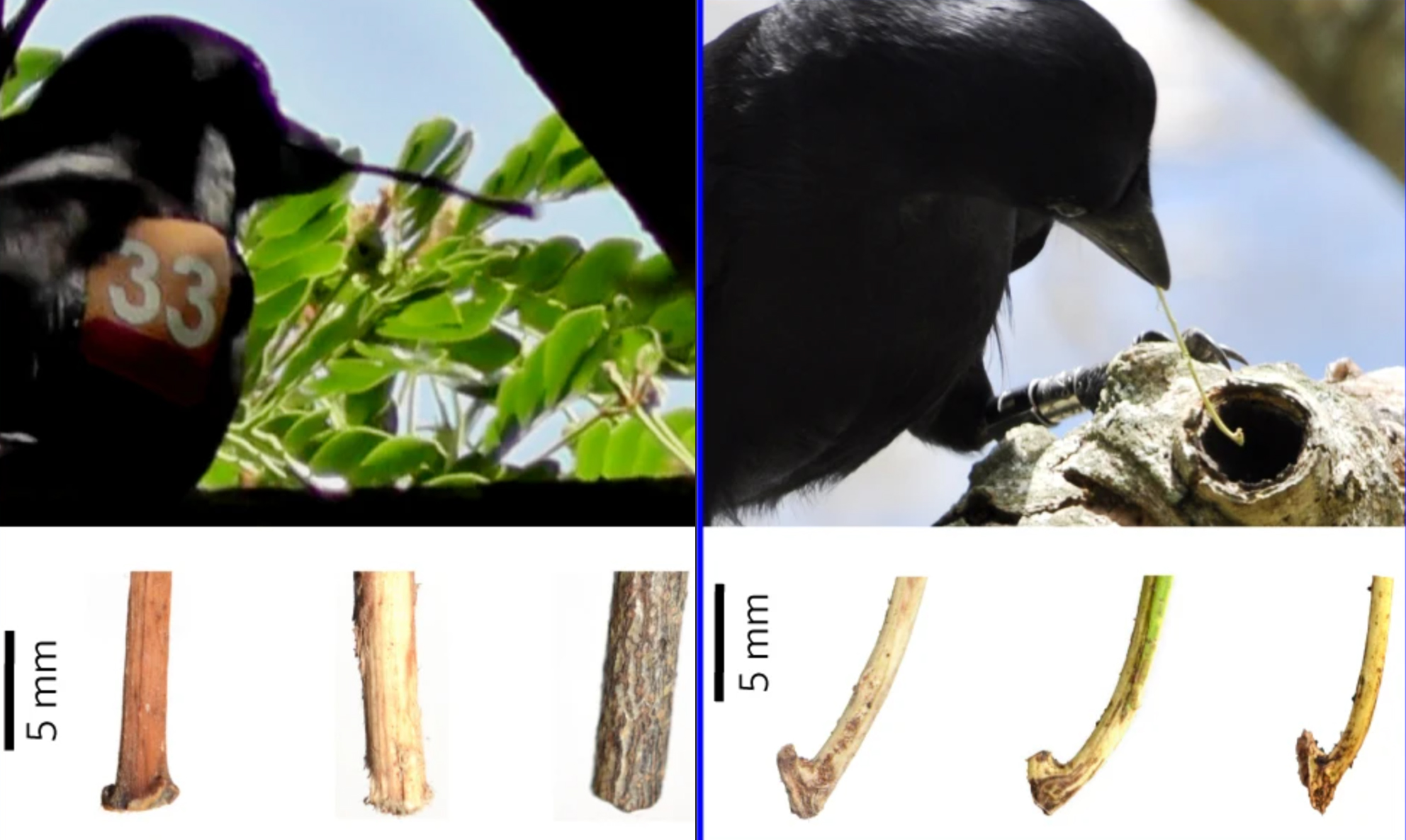

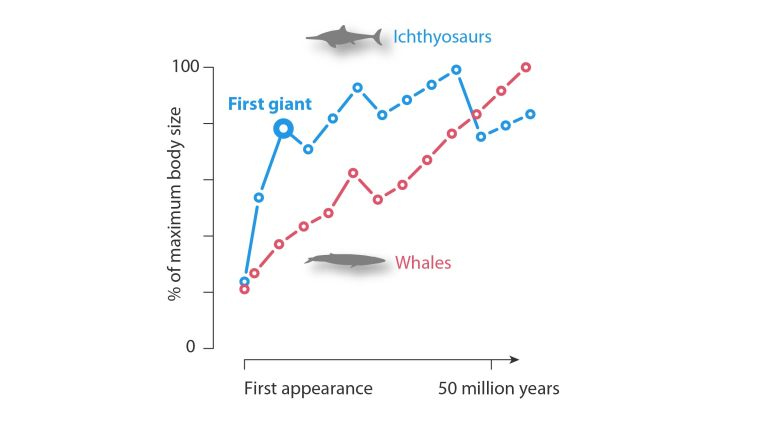 (Lars Schmitz)
(Lars Schmitz)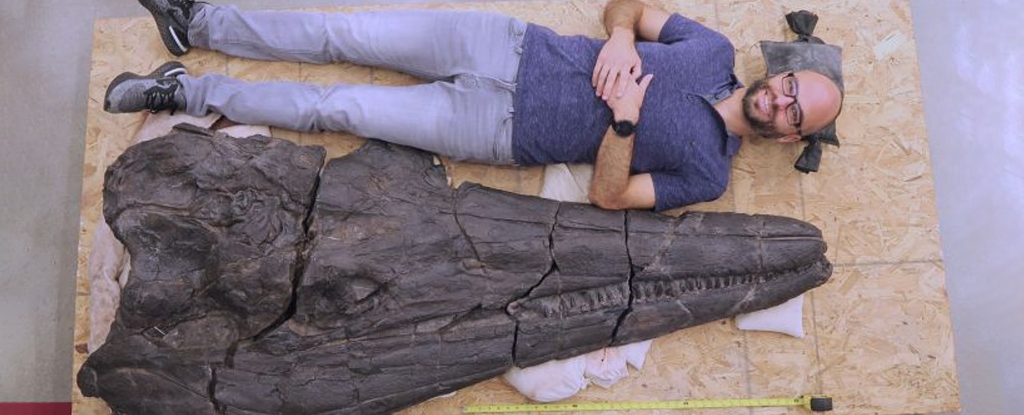 The new ichthyosaurs skull with a human for scale. (Martin Sander)
The new ichthyosaurs skull with a human for scale. (Martin Sander)